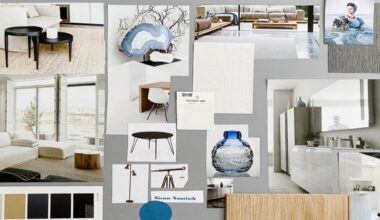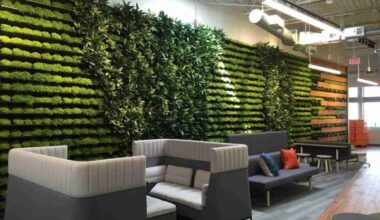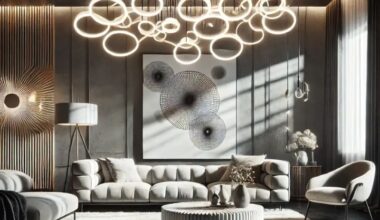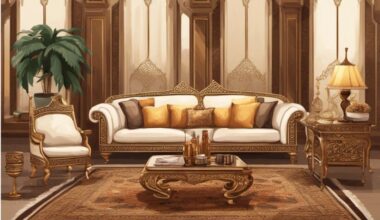Dubai’s interior design market remains a cornerstone of the UAE’s vibrant real estate and hospitality sectors.
In 2025, the market is expected to grow robustly, fueled by high-end residential developments, an ever-expanding tourism industry, and significant government initiatives such as the Dubai Design District (d3) and Dubai Design Week.
With luxury living, sustainability, and smart technologies taking center stage, Dubai stands as a global hub for design innovation and creativity.
Analysts forecast a compound annual growth rate (CAGR) in the range of 6–7% over the next five years, positioning the UAE market among the largest and fastest-growing in the world.

Interior design market size and growth potential for 2025
Recent market research provides varying perspectives on market size and forecasts:
- Mordor Intelligence estimates that the UAE interior design market will reach approximately USD 3.58 billion in 2025, growing to about USD 4.97 billion by 2030 with a CAGR of 6.79% mordorintelligence.com.
- Grand View Research indicates that the UAE interior design sector generated around USD 1,518.9 million in 2024 and is forecasted to reach about USD 2,146.4 million by 2030 at a CAGR of 6.1% grandviewresearch.com.
- Verified Market Research presents a broader picture, valuing the overall UAE interior design market at USD 12.47 billion in 2024 and projecting growth to USD 18.62 billion by 2032 with a CAGR of 5.1% verifiedmarketresearch.com.
- Research and Markets reports an estimated market size of USD 3.35 billion in 2024, expected to grow to USD 4.66 billion by 2029 at a CAGR of 6.79% researchandmarkets.com.
Because Dubai represents a significant share – often estimated at 40–50% – of the UAE’s total market, Dubai’s interior design segment is estimated to be in the range of USD 1.5–1.8 billion in 2025.
Global growth context
Globally, the interior design market is expanding, yet the UAE stands out for its rapid urbanization, luxury real estate development, and strategic investments in creative industries.
Recent studies position the UAE as a leading market in the Middle East, with its growth rates surpassing many established markets worldwide.
This makes Dubai one of the most attractive destinations for both international and local investors seeking to capitalize on the booming design and fit-out sectors.
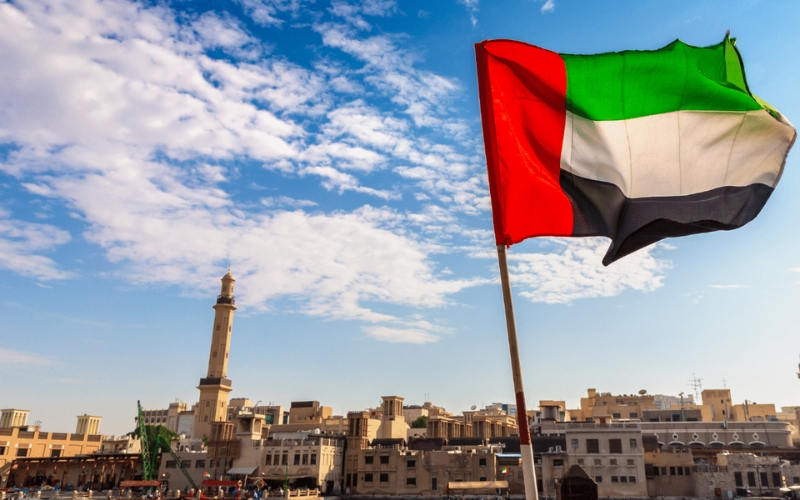
What’s driving the UAE interior design market?
Real Estate & Construction Boom
- Mega-Projects & High-End Developments: Continuous investments in luxury villas, skyscrapers, and mixed-use developments are driving demand for innovative interior design solutions. With projects like Expo 2020 legacy developments and Burj-related projects, the market benefits from large-scale, high-budget contracts.
- Urbanization: Rapid urban growth and high population densities in major hubs such as Dubai and Abu Dhabi create a sustained need for both new construction and remodeling projects.
Tourism & Hospitality Expansion
- Global Destination Status: Dubai’s status as a world-class tourism destination necessitates exceptional interior designs for hotels, resorts, and restaurants to enhance guest experiences.
- Luxury Hospitality: With record-breaking tourism numbers and ongoing mega-events, the demand for luxurious and thematic hospitality interiors is surging.
Government Initiatives & Industry Support
- Dubai Design District (d3) & Dubai Design Week: These initiatives not only attract top-tier talent but also foster a collaborative ecosystem where local and international firms can innovate and showcase their work.
- Regulatory Support for Sustainability: The UAE government’s commitment to sustainability (via initiatives such as the Estidama Pearl Rating System) propels firms to adopt eco-friendly practices.
Technology Integration
- Digital Transformation: Advanced tools such as Building Information Modeling (BIM), virtual reality (VR), and augmented reality (AR) are transforming the design process, enhancing visualization, efficiency, and client engagement.
- Smart Home Technologies: Integration of smart automation systems (e.g., lighting, climate control) is increasingly popular among high-net-worth clients.
Cultural Fusion & Personalization
Bespoke Solutions: Growing demand for personalized and luxury interiors is prompting designers to offer tailored services that reflect individual lifestyles and tastes.
Multicultural Design Influences: The fusion of modern aesthetics with traditional Arabian elements (e.g., geometric patterns, bespoke artisanal elements) caters to a diverse and affluent clientele, setting Dubai apart as a unique design destination.
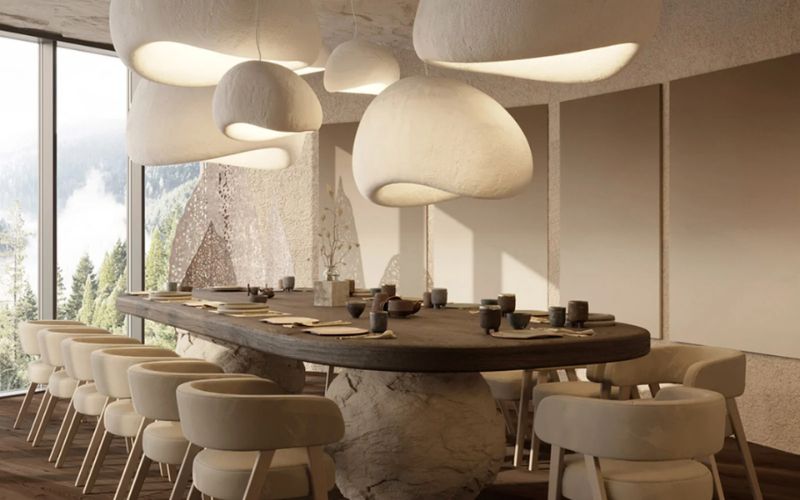
Competitive landscape of interior design agencies in Dubai
Dubai’s competitive market comprises over 100 specialized interior design firms – from international consultancies to boutique studios.
Leading firms include:
Zen Interiors, Algebra Contracting, Anarchitect, XBD Collective, VSHD Design, and Roar Design: Each brings unique strengths in technology integration, cultural fusion, or specialized design approaches.
Key One Design Solution: Known for its collaboration with high-end Italian brands, creating spaces that whisper luxury and longevity.
Muse Interior Design: Excelling in 3D rendering and project supervision for both commercial and residential projects.
Artizan Interior Design: Celebrated for its bespoke, elegant craftsmanship in luxury interiors.
4Space: A pioneer in blending functionality, aesthetics, innovation, and sustainability.
Challenges and risks in the interior design industry
Cost Pressures: Balancing premium design quality with competitive pricing is a constant challenge, especially during economic downturns.
Intense Competition: The crowded market demands that firms continually innovate and maintain high quality to differentiate themselves.
Economic Volatility: Global economic shifts and regional geopolitical uncertainties can affect construction and real estate investments.
Regulatory Hurdles: Strict licensing and environmental regulations add complexity to project execution.
Talent Shortages: There is a persistent challenge in sourcing skilled interior designers and craftsmen who can meet the high standards of the market.
Dubai’s interior design market in 2025 is set to thrive as a dynamic and diverse ecosystem that blends luxury, sustainability, and technological innovation.
With market sizes ranging in the billions and growth rates among the highest globally, Dubai not only exemplifies modern design excellence but also offers unparalleled opportunities for industry players – from established global firms to agile startups.
As the market evolves, success will depend on embracing digital transformation, sustainable practices, and personalized design solutions that resonate with an increasingly discerning clientele.
